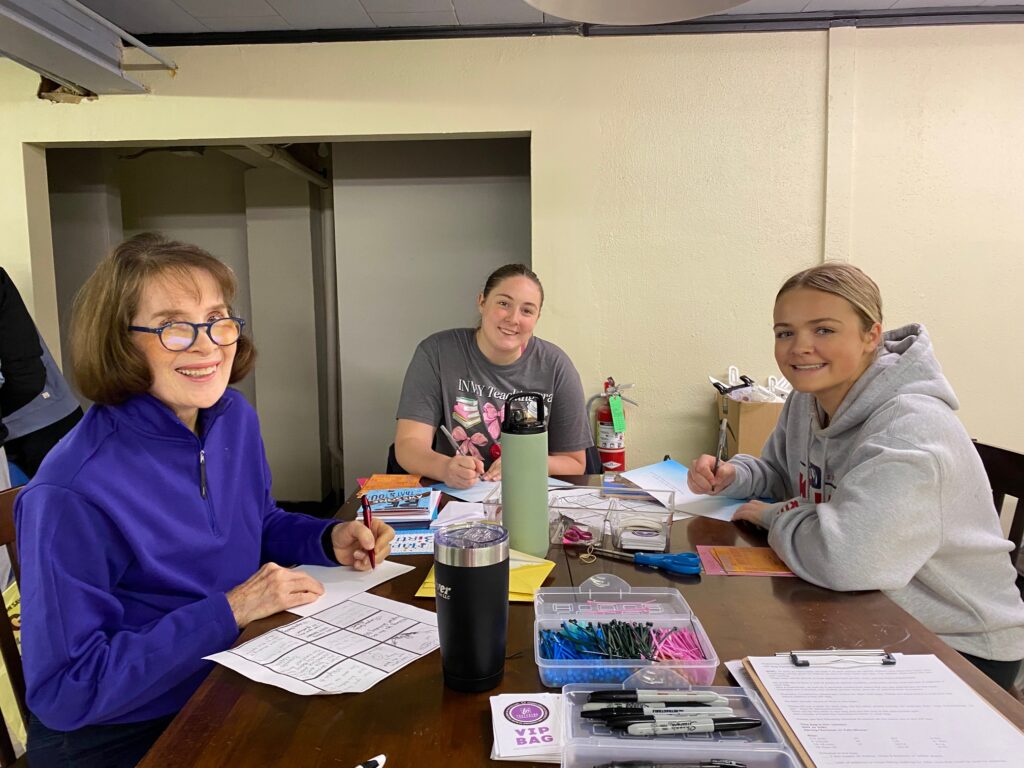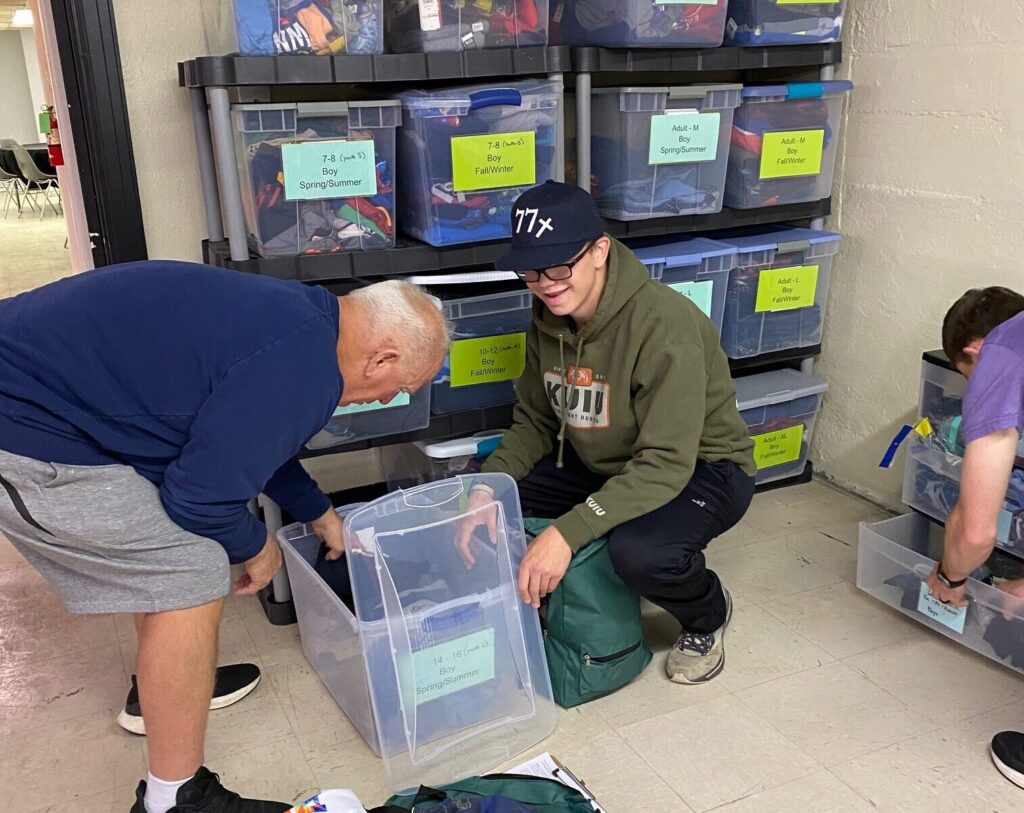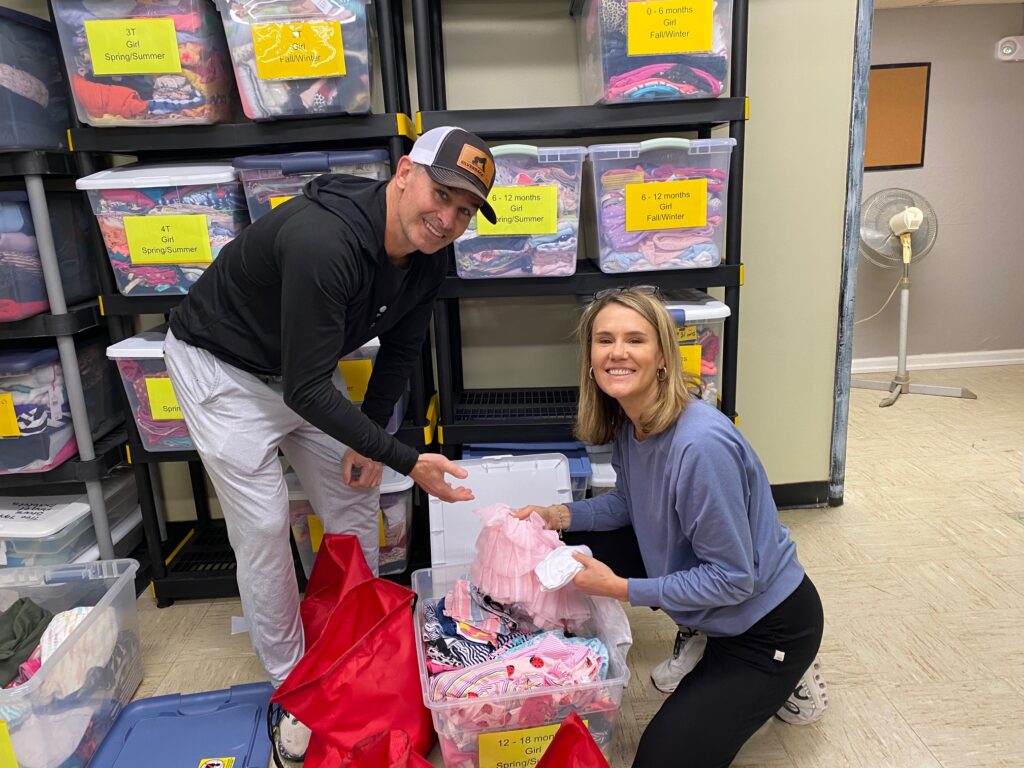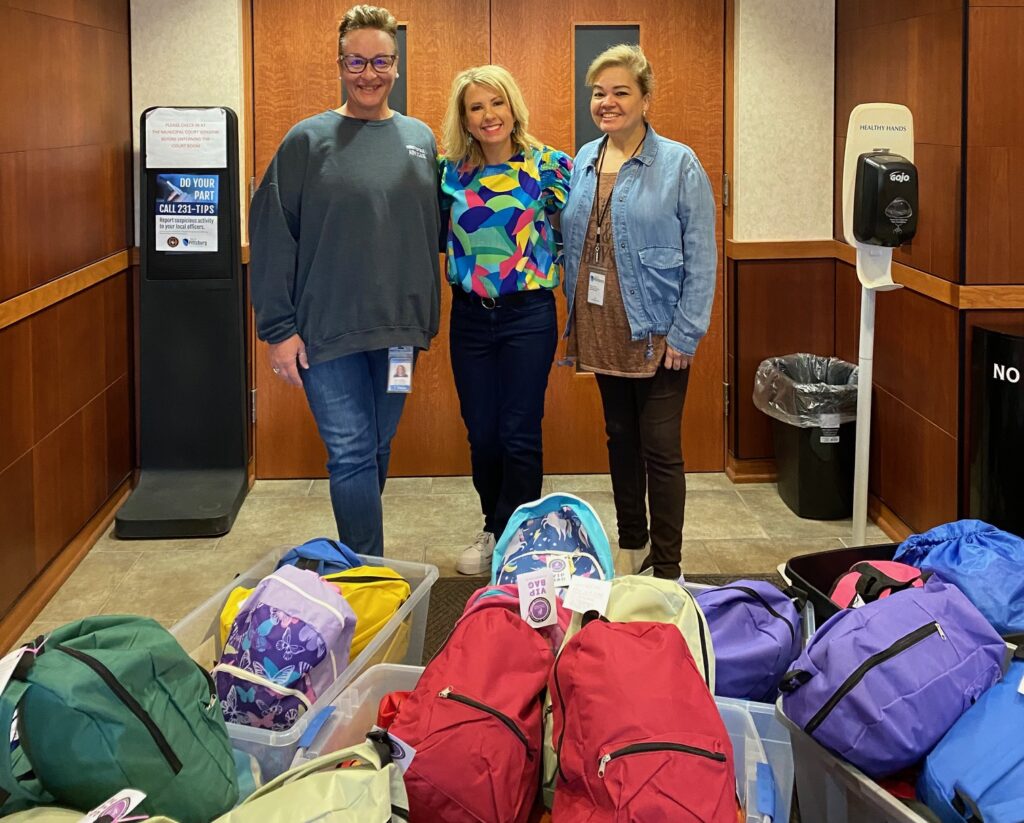The removal of children from their homes in the United States is typically carried out by Child Protective Services (CPS) or similar agencies, under the guidance of state and local authorities. In Kansas, this responsibility falls to the Kansas Department for Children and Families (DCF), which investigates reports of abuse, neglect, or unsafe living conditions in families. When reports are made, social workers and law enforcement remove children from their homes to ensure their safety. This decision is usually made in urgent circumstances, typically when a child’s immediate safety is at risk, such as in cases of physical abuse, neglect, or exposure to violent environments. Kansas, like many states, also uses “emergency protective custody” for situations requiring immediate intervention.
During these removals, children are rarely able to gather their belongings. These situations are often chaotic and time-sensitive, leaving little time for children to pack personal items or prepare for the transition. Children may be removed from their homes with just the clothes they are wearing, and in some cases, they may not have the opportunity to say goodbye to their parents or siblings. This is an abrupt experience that can add to the trauma that the child is already facing. The lack of preparedness for the move often means children are deprived of familiar items that could offer comfort and a sense of security. In some cases, belongings are either left behind or lost in the process due to the urgency of the removal. The emotional toll on children in these situations is significant, as they are forced to leave behind not just their homes but their sense of normalcy, stability, and identity.


Once in foster care, out-of-home placement, children often face further instability. On average, a child in foster care will move 3.5 times throughout their time in the system, according to the U.S. Department of Health and Human Services. This frequent disruption can create additional challenges for children, making it difficult for them to form lasting bonds with caregivers and find stability. Each move adds another layer of trauma, affecting their mental health, emotional development, and overall well-being. This issue of multiple placements is particularly concerning as it can affect a child’s
Although the average child waits 4 to 6 hours at the police department or local agency for out-of-home placement, Kansas children seeking foster care have had to sleep in child welfare offices due to the low availability of foster homes and care centers in recent years. This is a national issue. Children in states like Pennsylvania, North Carolina, Kentucky and more sleep in Emergency Rooms, police stations and even “emergency” foster homes while awaiting out-of-home placement. Although the state had planned to end the practice of housing youth overnight in offices, hotels, and other unlicensed settings by 2021, in 2023, 57 children went through 68 instances where they spent the night in unofficial placements. In addition, children in foster care, from ages 0 to 18, averaged 7.9 placement moves per 1,000 days in 2023, which was 60% higher than the target of five or fewer moves per 1,000 days. That year, 822 youth experienced 2,057 one-night placements, marking a 36% increase compared to the previous year (NCK Today, 2024).





